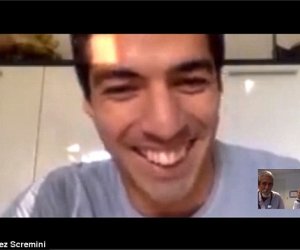Inside decaying US prison, former inmates are guides
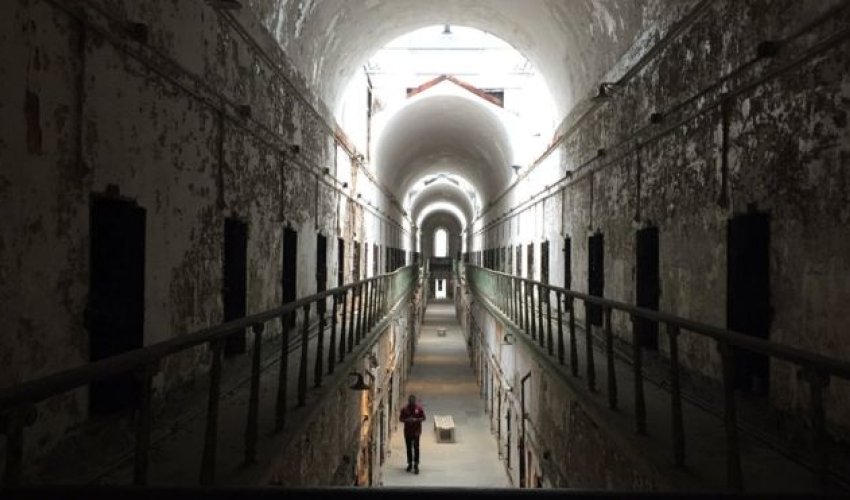
At a 19th Century prison that pioneered the use of solitary confinement in the US, former inmates lead one-of-a-kind tours about the history of incarceration and their own experience within it.
Standing in a cool stone corridor near the heart of Eastern State Penitentiary, a sprawling Gothic prison-turned historic tourist attraction in Philadelphia, Russell Craig tried to round up an audience.
"In one minute, I'm about to give a tour... an exclusive, never-before-done tour," he called to families and couples as they ambled past, audio tour players dangling from their necks.
Eastern State, a gloomy, turreted structure looming high above an upscale Philadelphian neighbourhood, was the world's first "penitentiary", a word coined for the founders' hope that its inhabitants would reform through prayer and become "penitent".
It operated from 1829 until 1971, and held 1,800 men at its peak. After the last inmate left, it collapsed into a ruinous state, then reopened as a museum in 1994.
Today, the eerily decrepit cell blocks bustle with tourists, boy scouts and girl guides, church groups and primary school field trips - in total, nearly 220,000 visitors a year.
Craig, a tall, bearded 35-year-old dressed in a maroon tour guide's polo shirt, gradually convinced a group of 10 visitors to gather around, and led them through a door into what was once the prison chaplain's office.
Inside, the walls are covered with colourful religious murals - depictions of the resurrection of Jesus, a prisoner kneeling at the foot of a priest - though they are badly damaged from exposure to sunlight.
They were painted in 1955 by a prolific inmate artist named Lester Smith who served seven months for a string of armed robberies. Craig explained to the group that after his release, Smith was never imprisoned again.
"Why would you think that Lester would use art in prison to change his life?" Craig asked.
The visitors shrugged. Someone ventured "Something to do?" to nervous laughter.
Craig nodded. "True - I can see that." He paused.
"I was in prison. I used art to change my life in the same way," he said. "I'm here to give you, like, right in front of you, a live example of how art can change your life."
This is the moment the museum staff refer to as the "face melt" - suddenly all the visitors snapped to attention, their eyes leapt to Craig in surprise.
"I have examples of my work, if you would like to see," he offered, then pulled out a large reproduction of his prison identification card that he painted in lifelike detail.
He passed around the real card, too, which identifies him as "Inmate HP9290". In the ID photo, Craig's gaze is cold and detached. He is almost unrecognisable from the smiling, slightly bashful man standing in front of the group.
"I decided when I get out, I'm never going to commit crimes again, I'm [going to] be an artist," he told them. "And it happened for me, just like Lester. He changed his life."
After a string of drugs charges beginning when he was a teenager, Craig came under the tutelage of a fellow inmate serving life for murder, who was also a talented artist. Craig emerged from prison in 2013 an accomplished portraitist determined to turn his life around.
Today, Craig is one of four formerly jailed tour guides at Eastern State. When he first arrived, he became so connected to the story of the self-taught Lester Smith - who painted saints by copying images out of old copies of Jet magazine - that he asked to give tours of the chaplain's office.
"Those guys are just like me way back then," he says.
Nothing identifies tour guides like Craig as different from the other staff roaming the halls of the prison. There is no special signage or promotion of their tours anywhere. After a year of planning, hiring and training, the tours began without announcement or fanfare in March.
"We are in new territory, uncharted territory," says Lauren Zalut, Eastern State's director of education and tour programmes, who leads the new group. "No other museums really around the country are doing work like this."
The tours coincide with the unveiling of a new exhibit called Prisons Today: Questions in the Age of Mass Incarceration, which explores the American model of punishment. In the decades after Eastern State Penitentiary closed its doors, the state of the criminal justice system changed tremendously and the US prison population ballooned by 700%.
The US imprisons 2.2 million people, far more than any other country, and yet no national museum had attempted to explore the history of imprisonment.
people, far more than any other country, and yet no national museum had attempted to explore the history of imprisonment.
 people, far more than any other country, and yet no national museum had attempted to explore the history of imprisonment.
people, far more than any other country, and yet no national museum had attempted to explore the history of imprisonment.Sean Kelley, director of public programming at Eastern State, says that he once felt that tackling issues of contemporary incarceration - especially the disproportionate number of African American prisoners - was too controversial for their holidaying visitors.
But after years of careful exploration and prototyping - and a "conversion" for Kelley in terms of his thinking on what the purpose of the museum should be - they decided to build out a new, state-of-the-art space to hold an exhibit whose main thesis is that "mass incarceration isn't working".
"In our original mission statement, we dropped the word 'neutral' from it," he says.
"You really want to be neutral on the fact that our nation has 30% people of colour in the general population and 60% in our prisons, and it's been that way since before this building was built?"
The guides' 15-minute tours turn into something of a miniature social experiment - the majority of visitors to Eastern State are middle-class white tourists, many of whom have never had any interaction with the American criminal justice system.
On the so-called "pilot programme" tours, visitors have the opportunity to speak to a person who can connect the history of the old prison with the present, with the intent to build empathy for so-called "returning citizens" who often struggle to acclimate to life in the free world.
"I'm a normal person just like you, I made a lot of poor decisions obviously, but I want them to be more informed," says pilot programme guide Marvin Robinson, a contemplative 29-year-old in tortoise-shell glasses. "I think that by expressing myself and my personal experience I can give them something to think about."The tours are purposefully unscripted and each of the guides reveals their back story differently.
Sheri, who asked that only her first name be used, waits until her tour of "Soup Alley", the half-collapsed kitchen and communal dining hall, is nearly over before offering her personal experience of prison food. She shares a recipe for cheesecake that she made in her cell from crumbled packaged cookies, provolone cheese and coffee creamer from the commissary.
"It's amazing what you can do," she tells visitors. "I love cooking, so just having that experience of different ways of cooking, coming up with things, was pretty amazing."
Robinson leads visitors through the dank underground "punishment cells" beneath Cell Block 14. Visitors have to take care to avoid knocking their heads on the low pipes, though the cells themselves had no working plumbing.
The American founders of Eastern State constructed the building as an alternative to the crowded, filthy communal jail cells of the 1800s as a criminal justice reform effort swept the young nation.
They prescribed solitary confinement, keeping inmates separated in almost total silence with a single thin window in the ceiling so they could pray and learn penitence. At the time it was seen as a revolution in humane incarceration.
(BBC)
www.ann.az
Similar news
Similar news





























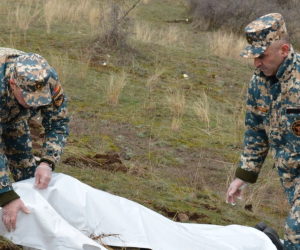






 Photo
Photo 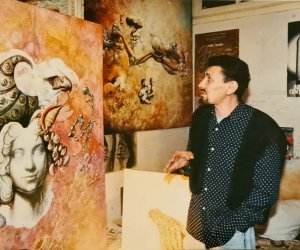

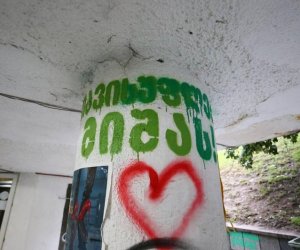

 Video
Video 